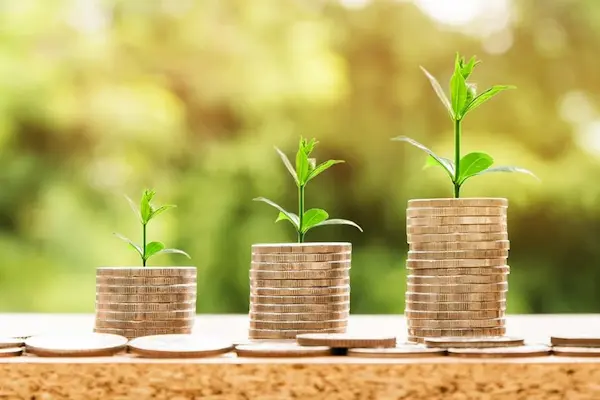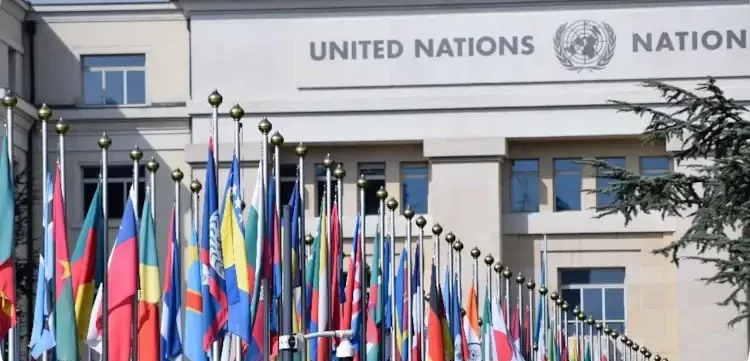Carbon Offsetting Made Simple: An Overview
As we all grapple with the challenge of climate change, carbon offsetting has emerged as a key tool for reaching carbon net zero.
Offsetting allows individuals, organisations, and governments to compensate for their carbon footprint by investing in projects that reduce or absorb an equivalent amount of carbon elsewhere.
Here, we provide a clear and simple overview of carbon offsetting, its forms, benefits and criticisms.
Understanding Carbon Offsetting
Carbon offsetting works on the basis that greenhouse gas (GHG) impact is uniform at a global level, regardless of where the emission occurs.
Therefore, emissions produced in one location can be balanced by reducing or absorbing emissions in another.
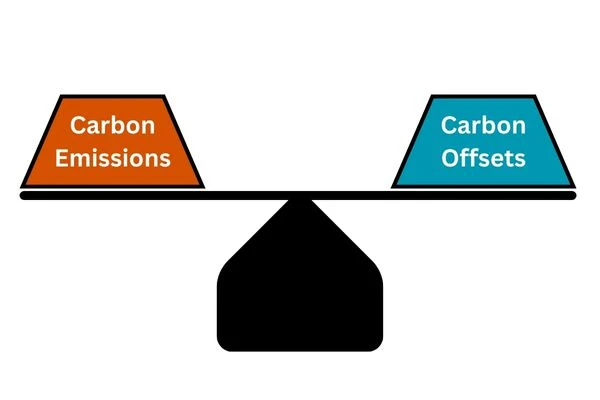
Supported by this principle, carbon offsetting as a practical approach works on the following basis:
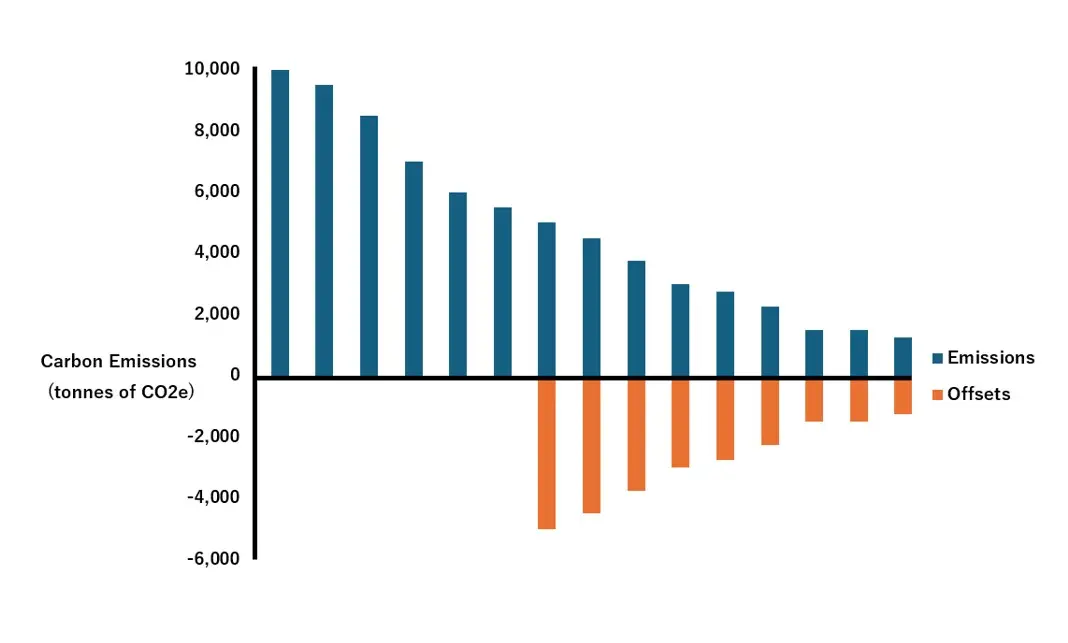
Some organisations will produce there own offsets and have them validated through verification schemes.
However, the majority will purchase offsets directly from these verification schemes, or businesses that have been setup directly to produce offsets for trade.
When purchased or traded, offsets are commonly referred to as ‘carbon credits‘.
Forms of Carbon Offsetting
Carbon offsetting takes place in two primary forms: projects that absorb, or ‘sequester‘ carbon, and projects that reduce expected emissions.
To displays the range of different forms offsets take, we have set out 6 of the most common currently in use or development today:
1. Reforestation and Afforestation
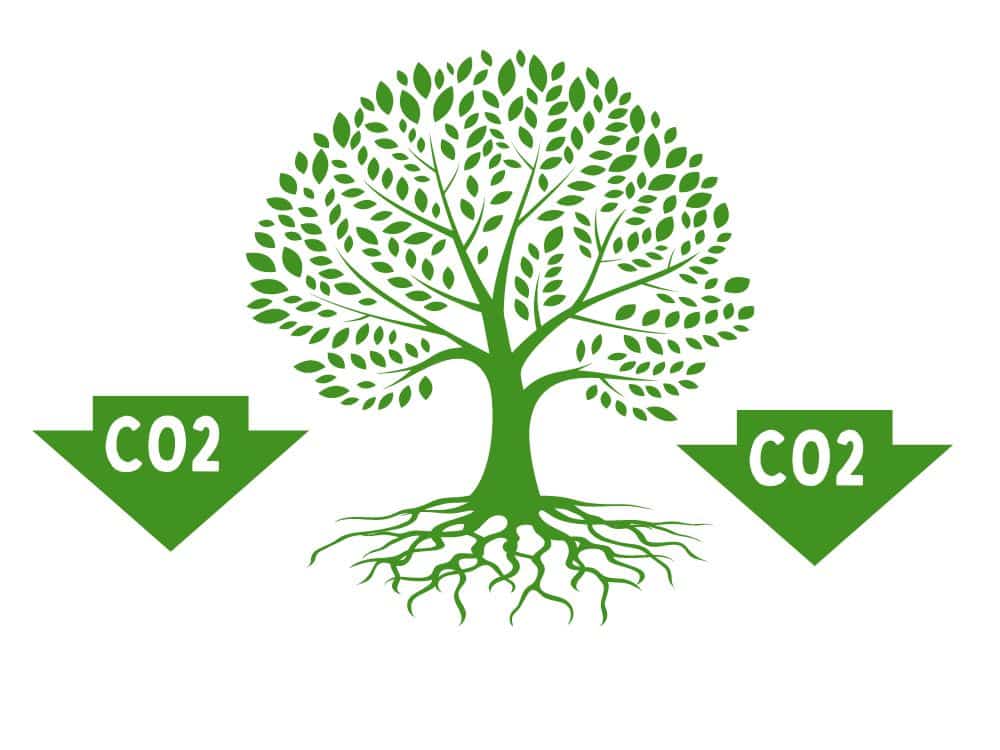
Planting trees or restoring forests captures CO2 from the atmosphere through photosynthesis, storing it in biomass and soil. This is a natural form of Carbon Sequestration (check out our guide to Sequestration and its role overcoming climate change here).
To produce carbon offsets, long-term projects to plant and restore trees are carried out under careful planning. These projects can use specific species known to have high CO2 sequestration rates.
More preferable are projects that first target restoration in-line with the original native environment. This delivers vital co-benefits of supporting Biodiversity Net Gain (BNG) and boosting the resilience of nature. Such projects are commonly referred to a Nature Based Solutions (NbS).
Tree growth patterns are projected over multi-decade periods. These projections plot the annual rate of CO2 offset that otherwise have remained in the atmosphere.
Robust offsets produced in this form are verified through high quality schemes, such as the Woodland Carbon Code in the UK.
2. Broader environmental restoration schemes

Other potential environmental schemes that sequester CO2 include: restoration of grasslands, kelp forest restoration in coastal seas, and use of Biochar in agricultural processes.
Within the UK the most advanced alternative to tree planting is restoration of peatland, which is verified by the government led Peatland Carbon Code.
3. Carbon Capture and Storage (CCS)
CCS is a human-made technology designed to sequester, or ‘capture’, CO2 emissions at their source. It is yet to reach widespread commercial use.
Potential uses in development include power plants and steel works, where fossil fuel burn rates are high. Standalone CCS plants setup for direct air filtration are also in development.

Most proposals aim to store captured CO2 underground to prevent it from re-entering the atmosphere.
Many governments expect CCS to play a pivotal role in allowing heavy industries to reach a carbon net zero position. This is evidenced by investment taking place. The UK government for example committed £20bn in 2023 to CCS development.
4. Methane Capture
Landfills and agricultural practices emit Methane when the organic material they process decomposes. This methane is a powerful greenhouse gas.
To offset the eventual impact of this release, action can be taken to capture the Methane. This is done with the intention of converting captured methane into less impactful CO2, or to use it as a source of energy.
This in turn reduces the impact methane emission would have had on the atmosphere, and ultimately climate change.
5. Renewable Energy Projects
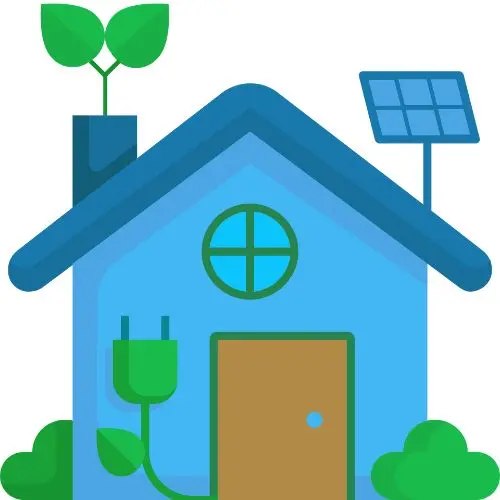
Renewable energy projects, such as wind farms, solar panels, and hydroelectric power, displace the need for fossil fuel based energy.
This reduces greenhouse gas emissions, particularly CO2, that would otherwise have occurred. Investing in these projects therefore creates the opportunity to offset future potential emissions.
Acquiring renewable energy linked offsets can be through two forms: purchasing them from carbon credit trading companies, or through signing up to renewable energy contract tariffs with a utility provider.
In the case of trading companies, they invest in renewable energy projects and then sell the subsequent offsets produced.
In the case of renewable energy tariffs, utility providers match the amount of energy you consumer with an equivalent amount of renewable energy supplied to the national / regional grid.
Robust renewable tariffs are traceable back to a renewable source through renewable energy certificates (commonly termed a REC or REGO).
The certificates are issued from the production source and then paired to the utility providers renewable tariffs. This production can be conducted directly by the utility provider, or they could be trading to acquire the certificate from another provider.
6. Energy Efficiency Projects

Investments into initiatives aimed at reducing energy consumption can also offset emissions.
Examples include retrofitting buildings with energy-efficient lighting, or providing more efficient cooking systems, to reduce emissions that would otherwise have occurred.
Such offsets are normally purchased from carbon credit providers. These providers fund the works and then market the offsets produced.
You’ll find that these works are commonly taking place in developing countries, where the need for investment in energy projects is often higher.
Carbon Insetting
Also becoming more common is the development of ‘insetting’ carbon credits.
These are credits formed by delivering carbon reductions in a business’s supply chain and/or in the communities where they operate.
They will often take similar actions, such as restoration activities or supporting renewables. Therefore they should be considered an alternative approach to offsetting, rather than a different form of activity.
Check out our guide to The Differences Between Offsetting and Insetting to learn more.
Benefits of Carbon Offsetting
1. Attaining a carbon neutral / net zero position
Achieving a carbon neutral or net zero position is often limited by financial or technological limitations.
For examples, not all vehicle types have a viable alternative to versions reliant on petrol or diesel fuel. This means significant emission blocks can remain unaddressed.
Offsets offer the opportunity to bridge the gap in addressing emissions. This allows nearer term action to be taken whilst solutions to the financial and technology limitations are developed.

2. Cost-Effective Emission Reductions
Offsetting allows for the reduction of emissions in the most cost-effective manner.
Often, it is cheaper to reduce emissions in developing countries than in developed ones. Many carbon credits are therefore produced in developing countries. However, robust verification can prove to be more difficult in these locations.
3. Technological and Sustainable Development
Offset projects can drive investment in renewable energy and sustainable practices.
This fosters technological advancement and development in host countries that can deliver benefits for decades to come.
4. Biodiversity and Ecosystem Services
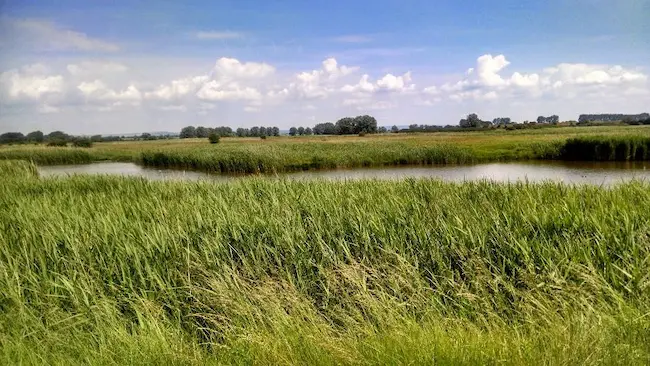
Reforestation and conservation projects can drastically enhance biodiversity restoration and protect ecosystems.
Achieving this is reliant on projects actively seeking to match restoration to the native habitat. Using non-native tree species to maximise carbon sequestration can have the opposite effect of damaging local biodiversity.
Further co-benefits can include improved water quality and soil stabilisation.
5. Corporate Social Responsibility (CSR)
For businesses, carbon offsetting can enhance their CSR profile.
Willingly implementing offsets demonstrates a commitment to environmental stewardship and sustainability.
Many large businesses have utilised offsets as part of their long term carbon reduction strategies to achieve an early carbon neutral position, before progressing on to net zero.
(check here for our full explanation of the differences between carbon neutral and net zero)
Criticisms and Challenges To Carbon Offsetting

Carbon offsetting is not without its weaknesses. Below we have listed the key criticisms and challenges raised against the use of offsets:
1. Effectiveness and Integrity
One of the major criticisms of carbon offsetting is the difficulty ensuring that offsets are genuine. Critically, it must be made clear they are resulting in real, additional, and verifiable emissions reductions.
Issues such as double counting (where the same offset is claimed by multiple parties) and baseline determination (assessing what emissions levels would have been without the project) are significant challenges.
The offsetting market is largely voluntary and unregulated, meaning these integrity challenges are difficult to fully overcome. There are carbon credit standards in use, but not all offsets are verified by these standards and differences between the standards also exist.
2. Permanence
Ensuring the long-term storage of carbon, especially in forestry projects, can be problematic.
Forests are susceptible to natural disasters, disease, and human intervention, which can release the stored carbon back into the atmosphere.
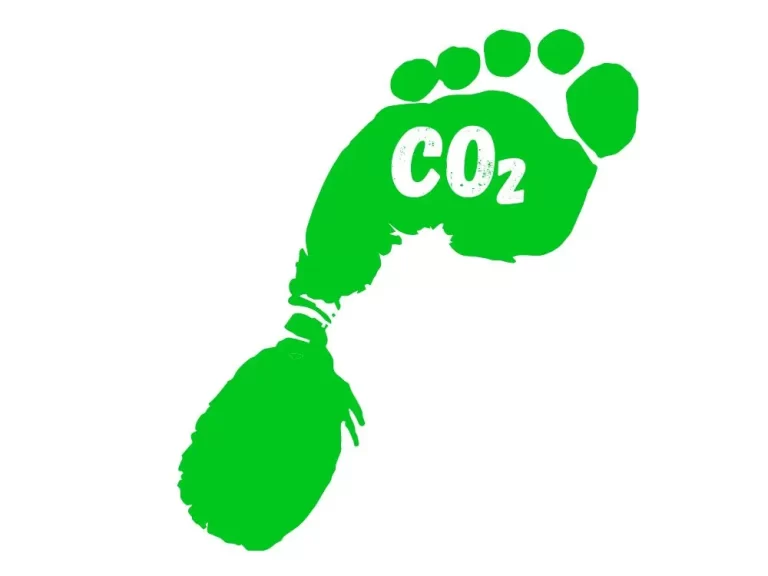
3. Leakage Risk
This occurs when the reduction of emissions in one area leads to an increase in emissions elsewhere.
For example, protecting a forest in one region might lead to deforestation in another as the demand for timber persists.
4. Ethical Concerns
Some critics argue that carbon offsetting allows polluters to continue their emissions unabated, essentially “buying” their way out of taking meaningful action to reduce their own carbon footprint.
This can undermine the urgency and moral responsibility to reduce emissions at the source.
6. Availability
Use of offsetting is a common feature of strategies to meet carbon net zero commitments.
This raises the question of whether enough offsets will be available to meet rising demand. If availability is low and demand is high, the risk of low quality offsets making onto the market will rise.
Carbon Offsetting: Vital To Our Future

Carbon offsetting provide a pragmatic approach to mitigate greenhouse gas emissions, and in doing so limit climate change impacts.
Despite its weaknesses, it does provide a flexible and immediate route to address emissions that are currently difficult to eliminate.
However, it should not be seen as a standalone solution. Rather, it should be part of a broader strategy that prioritises direct emissions reductions over the long term, with offsets serving as a temporary solution, with the potential co-benefits maximised as much as possible.

If you’d like to learn more about taking action to reduce emissions, then check out our guides to sustainability at home and for business here:
Make My Home Sustainable: A Practical Guide To Getting Started
Net Zero Business: A Simple Guide To Getting Started
Sustainability For Small Businesses: Useful Actions To Take
Carbon Credits: Verification Standards Explained
There’s are also plenty more related posts below and a comments section if you have any questions.
If you need any direct support, then feel free to contact us using this form:

